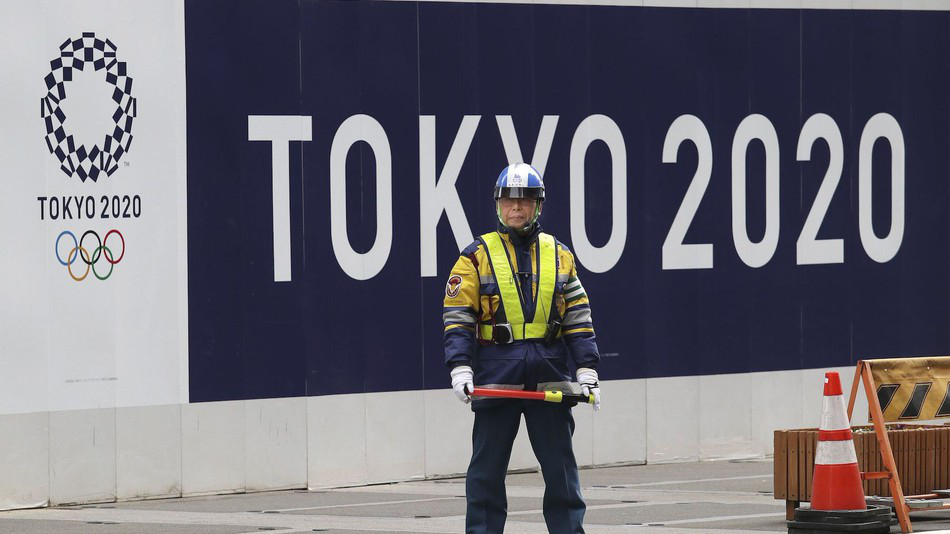
1.Why did the author mention the 2018 Winter Olympics?
A To tell us where it was held.
B To introduce the 2020 Summer Olympics.
C To show the 2018 Winter Olympics are hot now.
D To tell us it is two years ahead of the 2020 Summer Olympics.
解析:选B。推理判断题。根据下文内容全部是围绕2020年东京奥运会上将使用面部识别技术而展开的可知这里主要是为了引出2020年东京奥运会,故选B。
2.Who will not go through a facial recognition when entering the sports studio?
A Athletes.
B Officials.
C Journalists.
D Audiences.
解析:选D。细节理解题。根据第二段The Japan Times reported that the technology would be used to “make the entry of athletes, officials and journalists to the games paths easier and simpler”.可知这一技术将用于运动员、官员和记者的安检,观众不用使用这项安检技术,故选D。
3.Where did the organizing committee test the technology?
A A.At Japan’s housing.
B At two Japan’s airports.
C At two Brazil airports.
D At the entry of the sports studio.
解析:选A。细节理解题。根据第四段第一句The organizing committee tested the technology at Japan’s housing during the 2016 Summer Olympics in Rio de Janeiro, Brazil.可知日本奥组委方面是在2016年里约热内卢奥运会的日本代表团驻地检测了这一技术,故选A。
4.What is NEC?
A A sports clothes company.
B An Olympic service company.
C A technology company.
D A sports equipment company.
解析:选C。推理判断题。根据第五段NEC, the company handling the technology, also tested out their equipment at two Brazil airports during the 2016 Olympics and is behind numerous other similar projects, including software used by the Chicago Police.可知NEC是持有使用人脸识别技术的公司,因此是一个科技公司,故选C。
5.What can we learn from the last paragraph?
A Facial recognition is widely used in America.
B Facial recognition can be used in many fields.
C Facial recognition can only be used for security purpose.
D Facial recognition is imported by China from Japan.
解析:选B。推理判断题。根据are just the latest area, Other examples可知人脸识别技术可应用于很多方面,故选B。